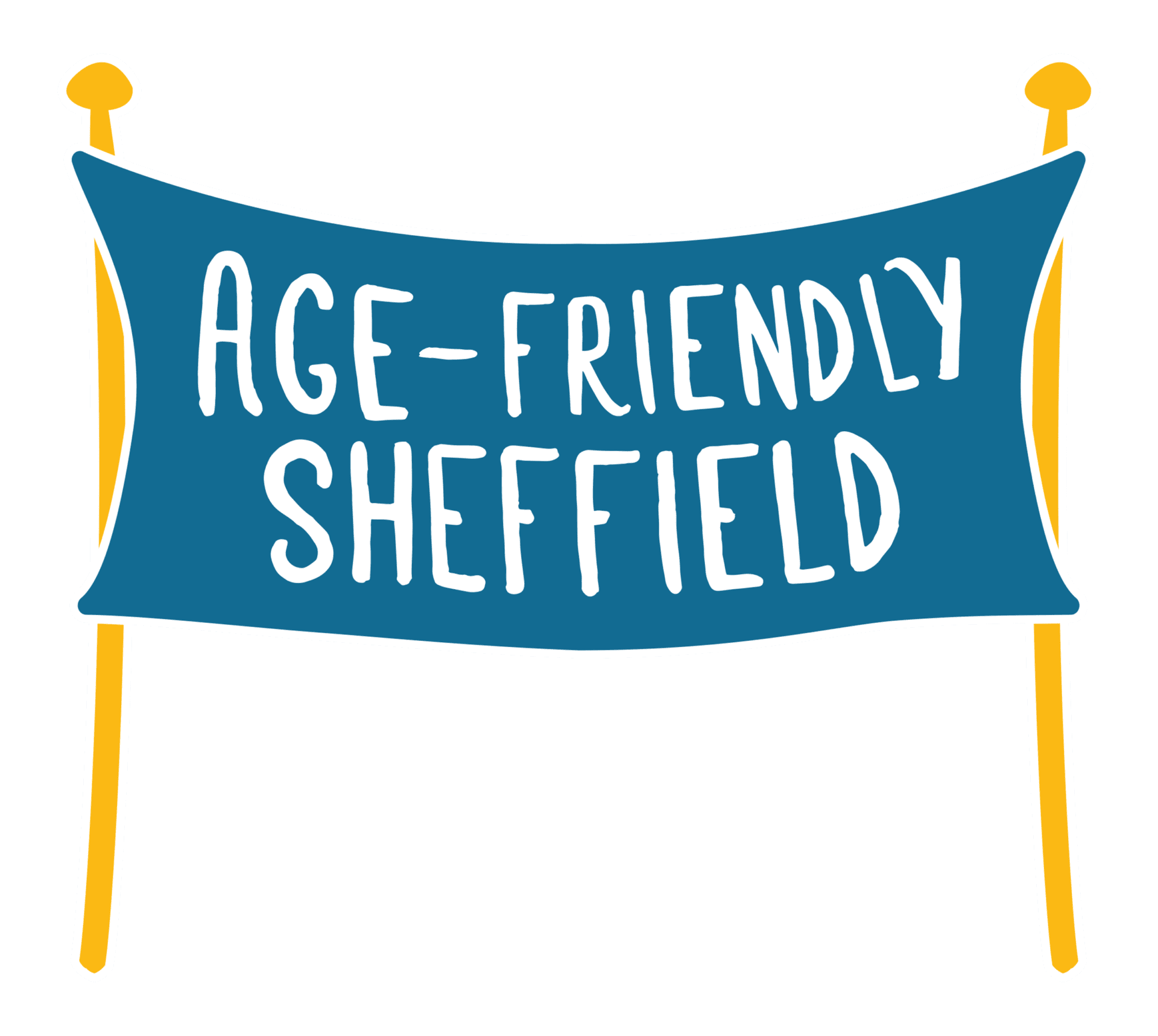Co-production Week – How our Delivery Partners champion co-production
We spoke to Jan from our Ripple Effect project and Lewis from our Live Better: Get Connected service about what co-production means to them and what it looks like in practice
We are very proud of how our Delivery Partners embed co-production at the heart of our projects. Jan and Lewis discuss the importance of co-producing their services to meet the needs of the people and communities they work with and to ensure they are empowered to make decisions affecting their local communities as well as their own journeys to improved wellbeing.
The Ripple Effect is a bereavement service providing people with emotional and practical support after the loss of a loved one, delivered in partnership with Sheffield Mind. The project offers one-on-one support and group activities such as bereavement cafes. It is called the ‘Ripple Effect’ as individuals are given resources, such as skills and confidence, which they can then share with others in the community.
1-1 sessions form a large part of the Ripple Effect project and Jan explains how these sessions are co-designed from day 1…
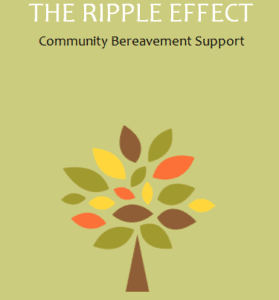 “A lot of mental health services offer support packages and this is where the Ripple Effect is different – we haven’t got a set package, we get to know somebody and then, together, we build a programme of support which we develop as we go along. In terms of the content of the support we provide, it is entirely designed between us and the person we are supporting, based on the needs that they identify. We might encourage or nudge, but only in the way a friend would.”
“A lot of mental health services offer support packages and this is where the Ripple Effect is different – we haven’t got a set package, we get to know somebody and then, together, we build a programme of support which we develop as we go along. In terms of the content of the support we provide, it is entirely designed between us and the person we are supporting, based on the needs that they identify. We might encourage or nudge, but only in the way a friend would.”
“When we first meet, we will just talk and start putting together some building blocks of how best I can work with them. We don’t build a plan straight away; we build trust and gradually build a plan from there which will change as we go along. It’s about including people in decisions – rather than ‘I think you should…’ or ‘it would be good if you did…’, I’ll say ‘shall we…?’ or ‘how about we…?’.”
“We refer to ourselves as ‘professional friends’ – if everyone had a good friend who was non-judgemental and accepting and supported them, then there would be no need for this service.”
Creating more Ripple Effect ‘friends’ is the whole idea behind the project, hence the name. The power of this idea is obvious and evidenced in the bereavement drop-in, a beautiful example of community co-production.
“The bereavement drop-in is entirely community driven and it’s the best legacy we’ve established and we are in the process of rolling it out in every way we can. One of the people I chat to in the community happens to be one of the trustees at the Terminus Initiative, where I’m based, and she’s a minister for the United Reform Church. She spoke to me about a group of volunteers that run coffee mornings and lunch clubs at the church, and what they were identifying for themselves was that they had a group of older people who attended and there were 2 things that were proving to be a need; one was carer support and the other was bereavement support.”
“I was invited to a meeting and about 5 people turned up. All I needed to do was to start those difficult conversations, once I’d opened up the conversation, I left them to it, dropping in here and there. On their request, I trained the volunteers and the next time I went to visit, there were more people there because the volunteers and group members had been using those skills and opening up the conversation. It built and built, the volunteers publicised it and everything.”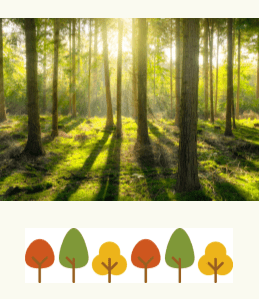
“The real success for me was when the minister said, “I’ve got someone who I think could do with a call, she’s lost her son and is really struggling”. So, I rang up and she said “it’s lovely of you to ring, but I think I’m alright because the ladies from the church have been ringing me and I talk to them about it” – as far as legacy is concerned that’s the whole point.”
“We have a whole training package we are putting together Sheffield-wide. This is what it’s all about – it’s community led, community publicised and I could walk away today and it would continue to run on their terms in a way that they had identified on the needs they have seen.”
The Ripple Effect has also been seen in action following group activities…
“Our group activities are all co-designed, we will float ideas such a monthly café or trips and see what people would like to try. We’ve done all sorts based on people’s preferences – we’ve gone to the theatre a few times and the seaside! People do make friends through these trips, for example, we’re starting a dance movement class and I’ve got blokes saying, “I’ll only do it if he’s doing it – I’m not being the only man!”.”
 “My favourite example of this is two men who ended up spending Christmas together after meeting each other at a Ripple Effect group activity. They sat at a table together eating lunch and people were asking about Christmas plans and one man said he had no plans so the other said ,“well why don’t you come to mine, I’m a good cook, I’ll do Christmas lunch”. They ended up spending 9 hours together! That’s what it’s all about for me.”
“My favourite example of this is two men who ended up spending Christmas together after meeting each other at a Ripple Effect group activity. They sat at a table together eating lunch and people were asking about Christmas plans and one man said he had no plans so the other said ,“well why don’t you come to mine, I’m a good cook, I’ll do Christmas lunch”. They ended up spending 9 hours together! That’s what it’s all about for me.”
Our Live Better: Get Connected project offers people across South Sheffield the opportunity to discover services on their doorstep that they might not be aware of. The project is delivered by the team at Reach South Sheffield who are experts in helping people build confidence and resilience so that they can make positive changes for themselves, their families and their communities.
Lewis tells us about what it means to be a Community Expert and why it’s so important that their voices are heard:
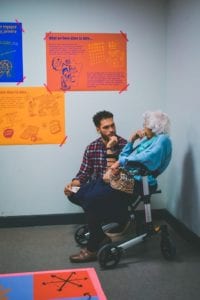 “Everyone is given the opportunity to be a ‘Community Expert’, we currently have approximately 11 members. In essence, it’s a steering group but without the formality of the name – they are community experts and we just come together and have a conversation about various topics. We also have 4 or 5 individuals who are Community Experts but prefer to engage individually rather than a group setting, it is important that they are still involved in the co-production process. They guide a lot of the testing and learning of the service as in each meeting we are basically evaluating the effectiveness of the service. It creates the opportunity for people to use their lived experiences and knowledge to influence decisions in the community.”
“Everyone is given the opportunity to be a ‘Community Expert’, we currently have approximately 11 members. In essence, it’s a steering group but without the formality of the name – they are community experts and we just come together and have a conversation about various topics. We also have 4 or 5 individuals who are Community Experts but prefer to engage individually rather than a group setting, it is important that they are still involved in the co-production process. They guide a lot of the testing and learning of the service as in each meeting we are basically evaluating the effectiveness of the service. It creates the opportunity for people to use their lived experiences and knowledge to influence decisions in the community.”
Here’s what the community experts have to say:
“It gives me a new sense of belonging in a group and gives people like me a chance to have my voice heard.”
“It allows me to meet new people who I wouldn’t meet in my everyday life.”
“I enjoy coming to these groups – it’s a fun thing to do as well as being able to make changes to my local area.”
“We also created group guidelines that have been co-designed, as everyone has had an input in creating these rules, there isn’t a sense of hierarchy, meaning everyone is of equal value. This format means everyone has an opportunity to speak, creating an environment where people are honest and open and we get the best out of people.”
Examples of how the Community Experts have driven change include:
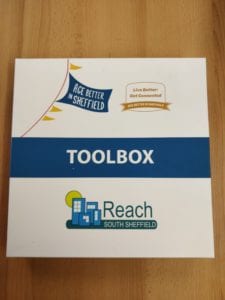 “An example of how the Community Experts have influenced change is the Get Connected Toolkit, each
“An example of how the Community Experts have influenced change is the Get Connected Toolkit, each 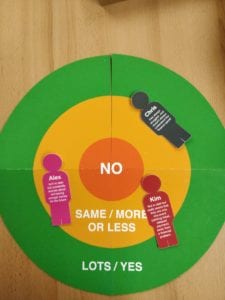 step of the process has been co-designed. The toolkit is basically our version of a questionnaire. We designed it after recognising the obstacles of traditional paper questionnaires; such as language barriers and the intensity of questions. We’ve found that the toolkit collects more valid data than a paper-based questionnaire does.”
step of the process has been co-designed. The toolkit is basically our version of a questionnaire. We designed it after recognising the obstacles of traditional paper questionnaires; such as language barriers and the intensity of questions. We’ve found that the toolkit collects more valid data than a paper-based questionnaire does.”
“One of the most influential changes was moving from a group delivery model to a 1-1 delivery model. From discussions with community organisations and our early referrals, we found that the group-based delivery model wasn’t suited to the topics that we were trying to address. So, the actual model we use now has been co-designed from what people have said they think will benefit the most.”
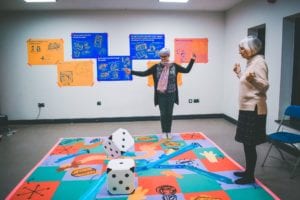 “We also held a community exhibition called Reaching Out Giving Voice which was entirely co-designed, produced by the Community Expert group. It showcases the projects successes and learning as well as the experiences of people using the
“We also held a community exhibition called Reaching Out Giving Voice which was entirely co-designed, produced by the Community Expert group. It showcases the projects successes and learning as well as the experiences of people using the 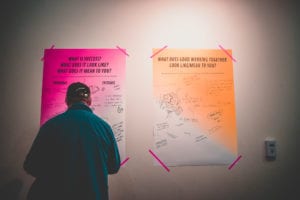 service. For example, we had an interactive snakes and ladders game to showcase how people have ended up in certain situations – how it can often be out of people’s control that they’ve ended up where they have. It was about giving voice to people and breaking down those public perceptions.”
service. For example, we had an interactive snakes and ladders game to showcase how people have ended up in certain situations – how it can often be out of people’s control that they’ve ended up where they have. It was about giving voice to people and breaking down those public perceptions.”
“I think co-production needs to be at all elements of a service- from decision making to delivery”
“Far too often people aren’t listened to when it comes to decisions that affect their lives and this creates an environment that lacks trust. If we can reduce that service-user – service-provider relationship as much as possible, we can create an environment where everyone involved is able to thrive. If people are consulted with, and their journeys listened to, it increases the likelihood of sustained and meaningful engagement with services. Ultimately resulting in long term improvement of wellbeing and quality of life as people feel empowered – that they have the tools to be able to succeed. Co-production is simply about allowing people’s opinions and knowledge to be heard and to influence decisions and that’s such a powerful tool.”
Thank you, Jan and Lewis, for such fabulous insight into what co-production looks like in practice and the empowering effect it can have on individuals, communities and organisations.
